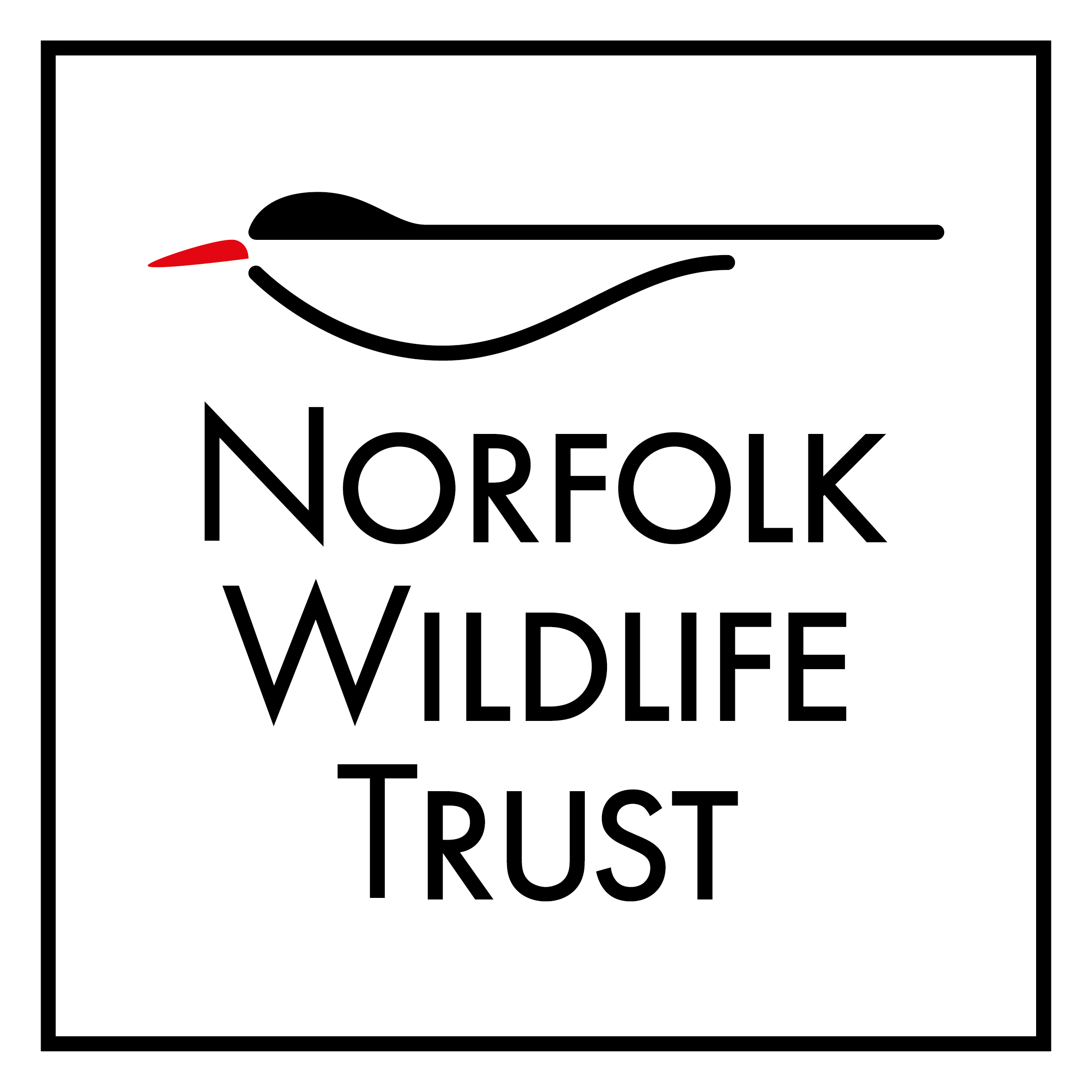Search
Search
Sign up for nature news
The best plants for bees and pollinators
Set up a ‘nectar café’ by planting flowers for pollinating insects like bees and butterflies
Blog
No matter what your interest, whether it be farming, gardening or marine life, we have a blog for you! All our blogs are written by people with a passion for nature.
Ban on bee-killing pesticide stays in place
Norfolk Wildlife Trust welcomes this week's news that the government will not be granting an emergency authorisation for Cruiser SB, a wildlife-harming neonicotinoid pesticide, requested for…
New report highlights need for urgent action to save Norfolk's nature
Today, alongside leading wildlife organisations, we are publishing a landmark State of Nature 2023 report. It shows that nature is continuing to decline at an alarming rate across the UK, which is…
Schools and groups e-newsletter
Reed bunting
A streaky brown bird, the reed bunting can be found in wetlands, reedbeds and on farmland across the UK. Males sport black heads and a white 'moustache'.
Reed warbler
Listen out for the 'chattering' song of the reed warbler, while wandering the UK's lowland wetlands in summer. A small, brown bird, they are quite hard to see.
Common reed
The extensive, golden-brown reedbeds that are formed by stands of Common reed are a familiar sight in our wetlands. They provide an important home for many species, including the rare Bittern.
Reed sweet-grass
Reed sweet-grass is a towering grass with large, loose flower heads that can be found on marshy ground near rivers, streams and ponds. It can become invasive, but does shelter various aquatic…
Honey bee
Honeybees are famous for the honey they produce! These easily recognisable little bees are hard workers, living in large hives made of wax honeycombs.
